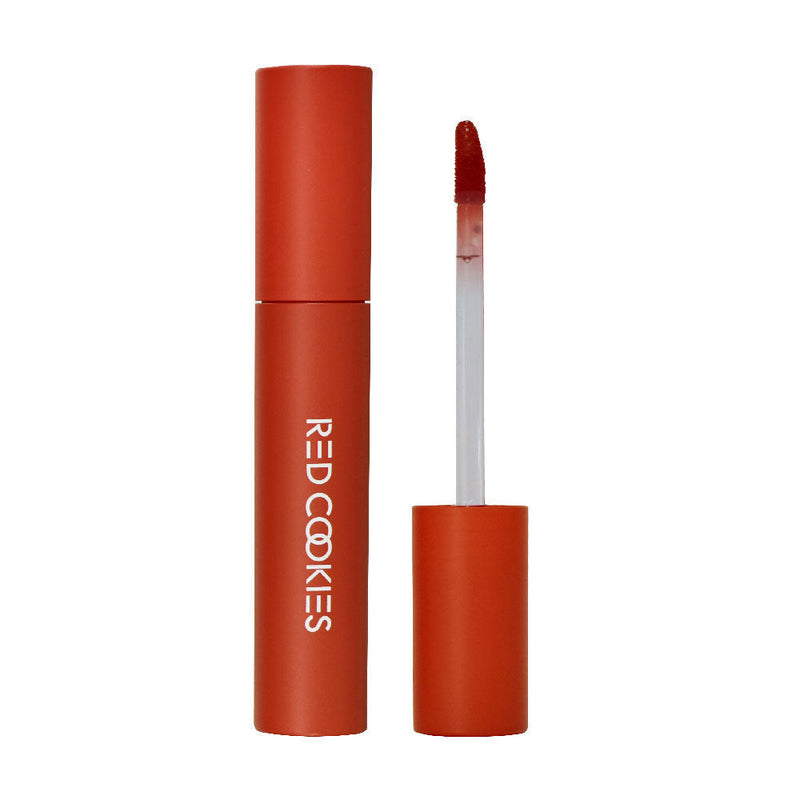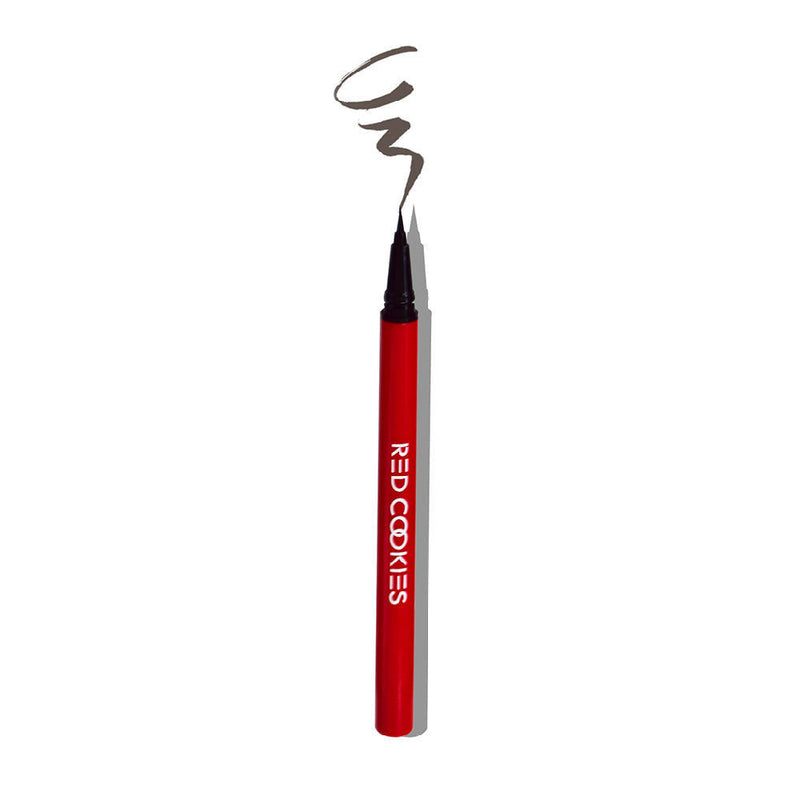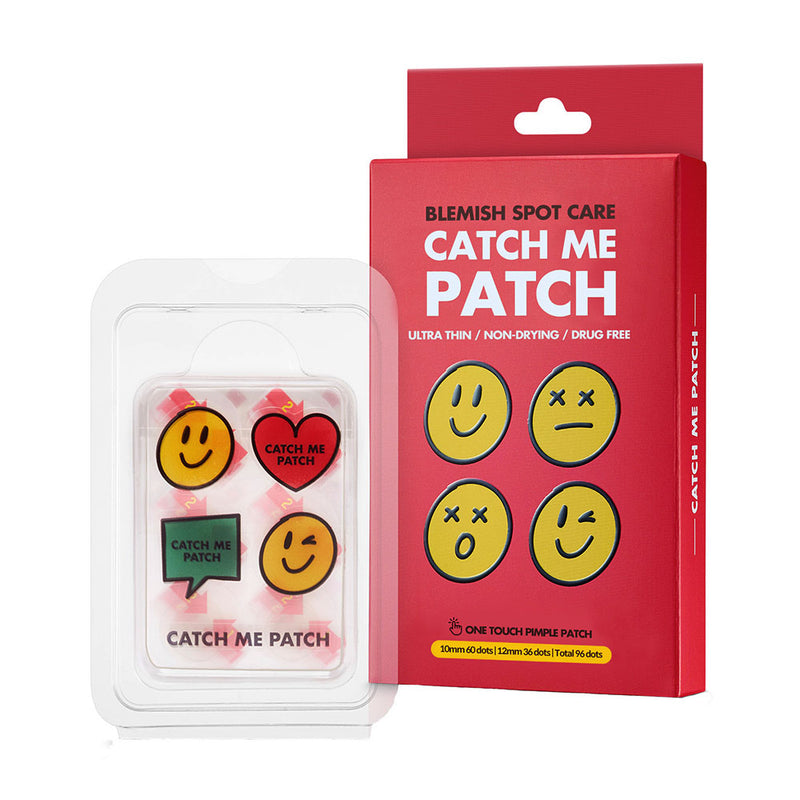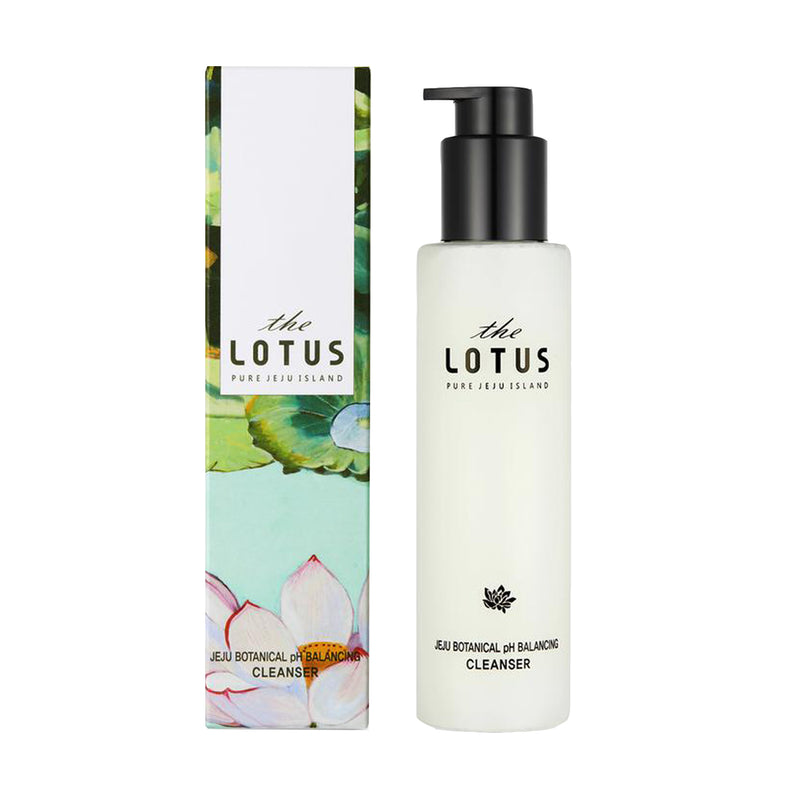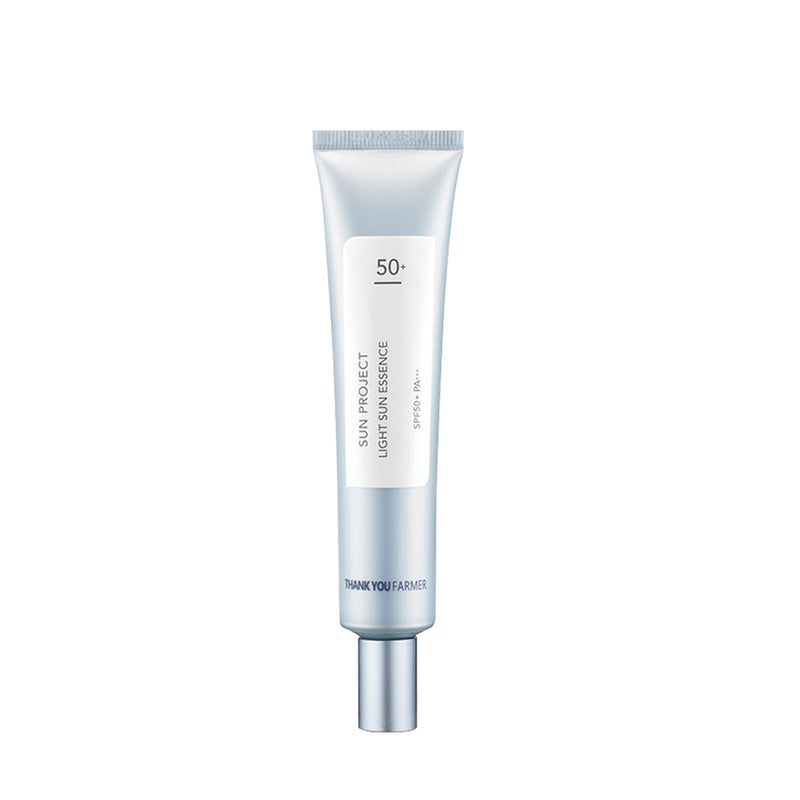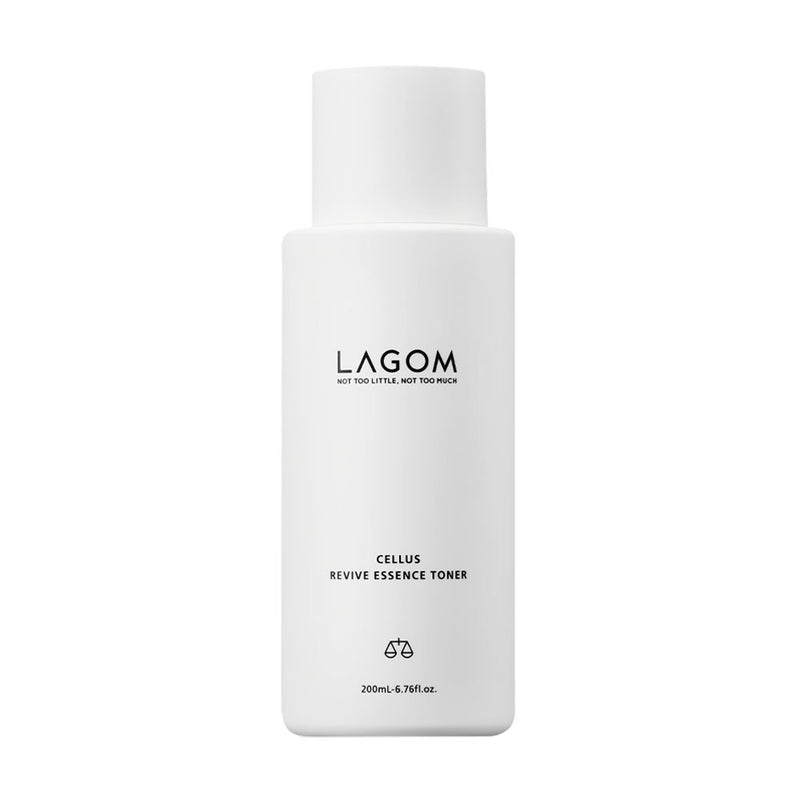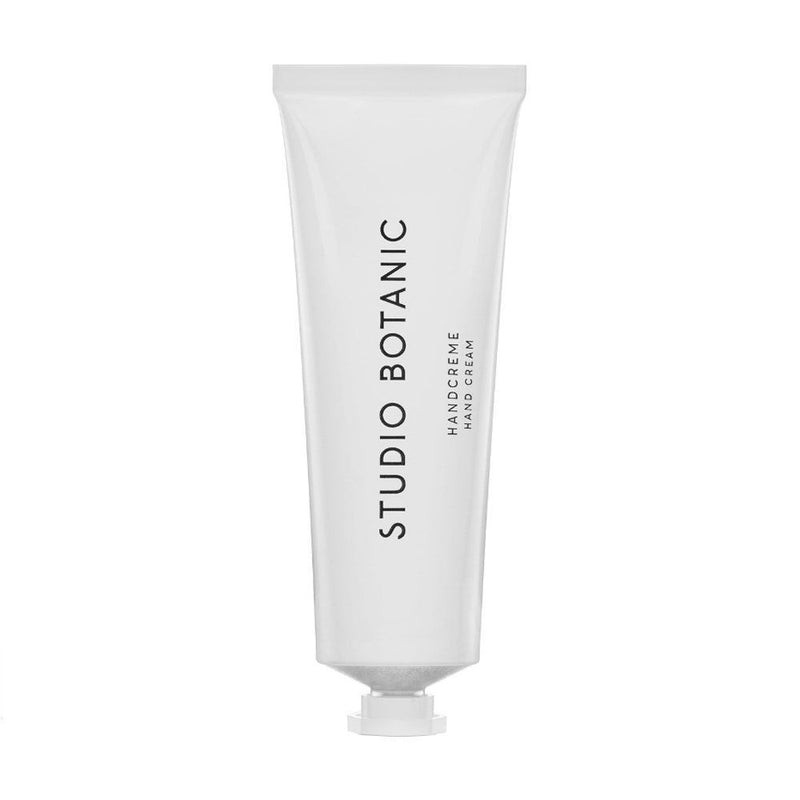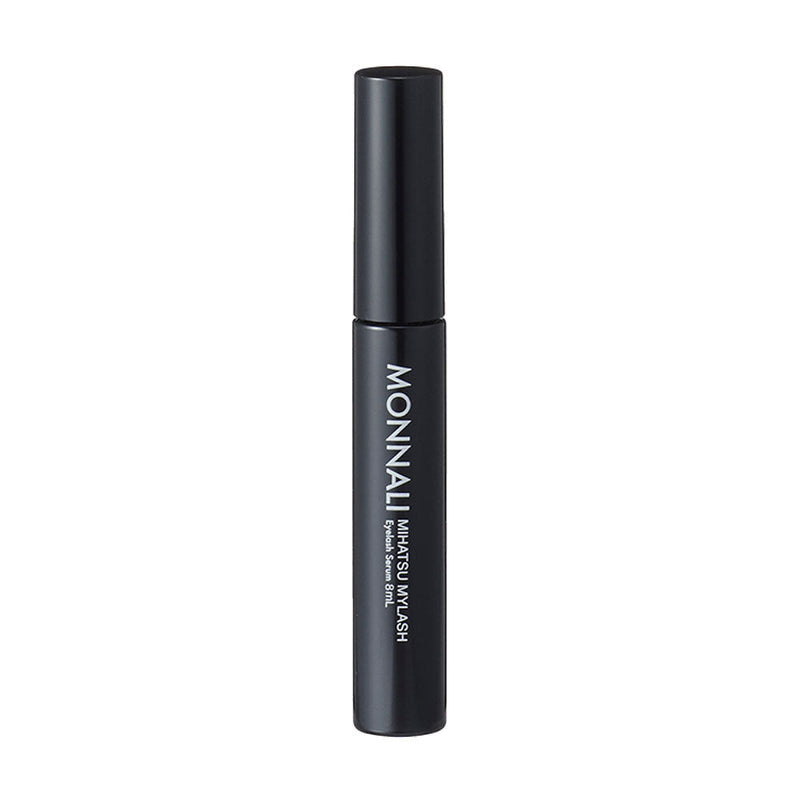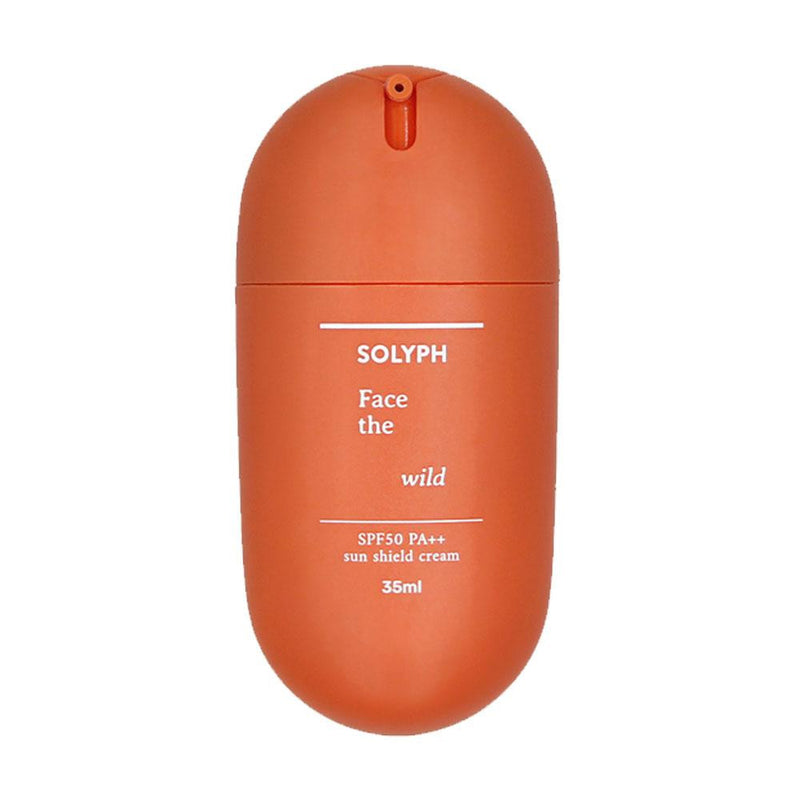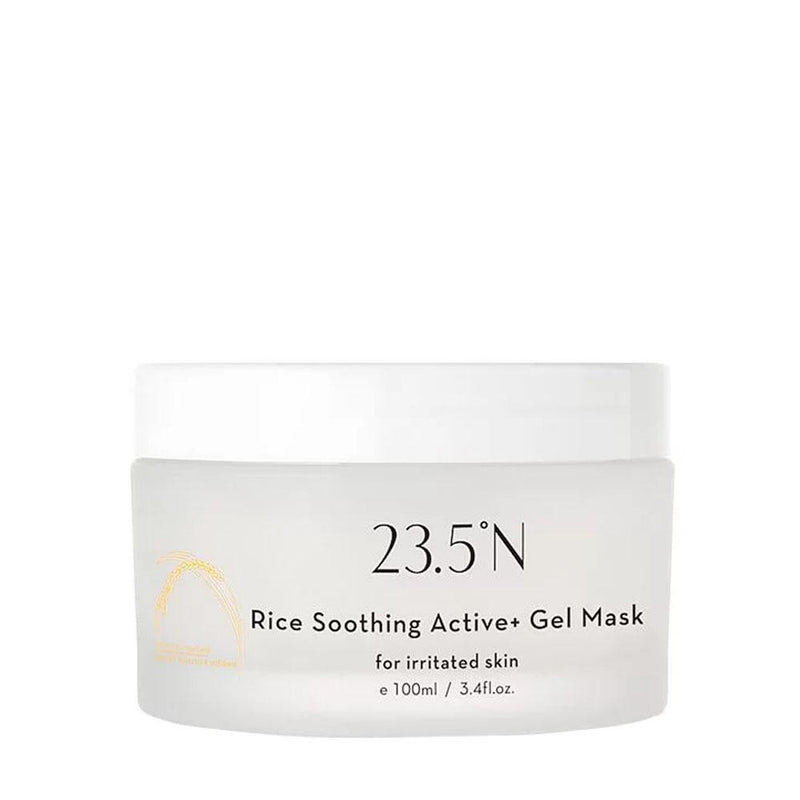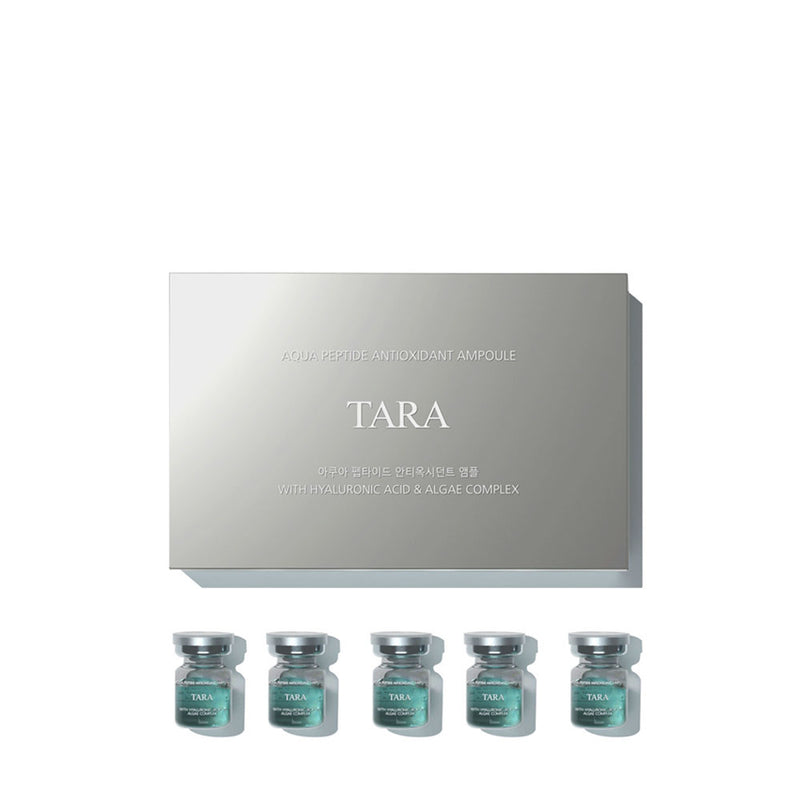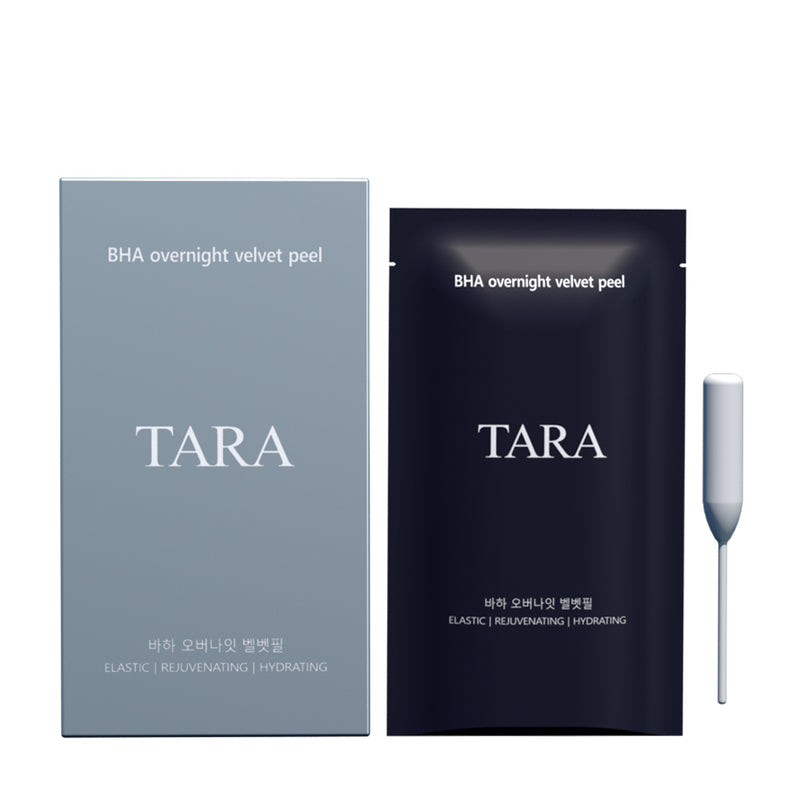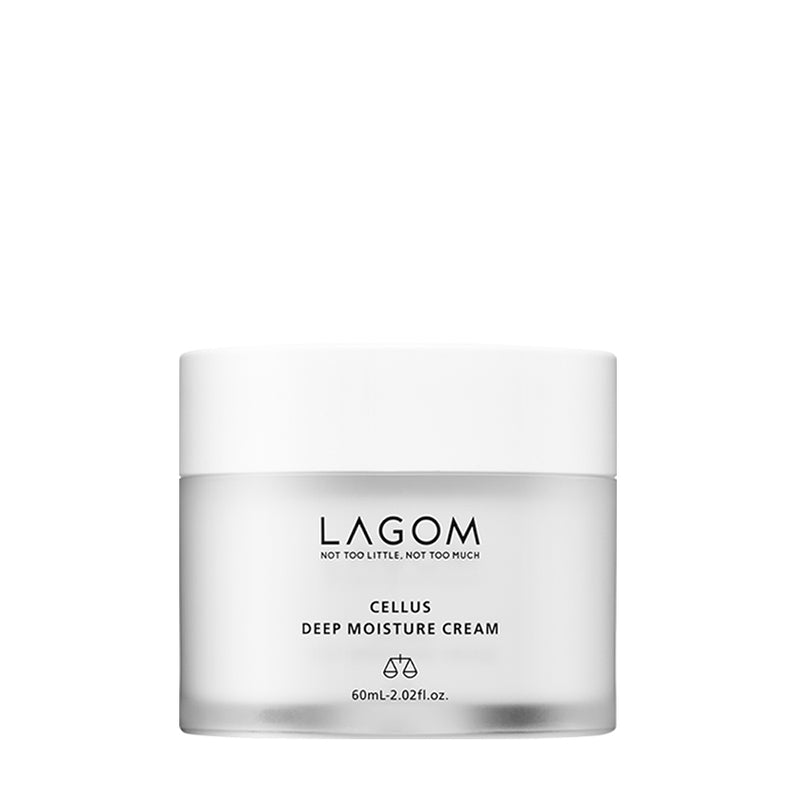More than just another skincare routine, the 10-Step Korean Skincare Routine was born out of South Korea’s obsession with healthy, glowy skin and has since become a global phenomenon that has spawned numerous variations. But do you really need 10 steps? We break it down for you here.
South Korea is beauty obsessed. I remember, a couple of years ago, the awe I felt walking down the streets of Seoul where you could easily find a dozen skincare or beauty boutiques on the same short street in Myeongdong packed full of tourists and locals of all ages. Not just confined to the tourist shopping spots, in Seoul, you can literally find a beauty boutique on any street you’re on!
And if you're into skincare, K-beauty or both, then you would most likely have heard of the 10-Step Korean Skincare Routine! I know, 10 steps sounds like a whole lot of time and effort - ain’t nobody got time for that! But looking at all the South Korean girls with their flawless and radiant complexions got me curious. Is the 10 step routine fact or just another marketing gimmick to sell more products?
Speaking to my Korean Airbnb hostess, she shared with me that most South Korean ladies are (socially) programmed to start practising skincare from as early as 16 years old! A cultural shock to someone from Singapore where many of us really only start taking skincare seriously when we hit our thirties - if at all. And yes, they actually do go through the 10 steps on pretty much a regular basis.
What Is The 10 Step Korean Skincare Routine?
The 10-Step Korean Skincare Routine has actually been around for sometime now and has since spawned many variations from the shortened “5-Step” to the beauty aficionado’s “12-Step” and even K-pop star Tiffany Young’s “18-Step” routine. There are actually quite a number of variations of this 10-Step routine that you can read about on social media.
While it all sounds all a little too faddish and confusing, regardless of which trendy routine you choose to follow, the original “10-Step” or otherwise, all these multi step routines can be broken down into 4 basic skincare stages - cleansing, prepping, nourishing and protecting - from which you can either add in additional steps or take out steps you don’t need based on your skin needs.
Yes, ten steps does sound really intimidating and time consuming, and truth be told, I was a little sceptical when I first tried it out but I soon got into the groove of things and understanding the ten steps is key to adapting it to your skin needs making it easier to stick to in the long term.
Two years on, I find myself reaping the benefits of using this routine, and no, I do not do all ten steps twice-daily or spend four hours a day on my skincare routine. Read on as I break down my 10-Step Korean Skincare Routine and how it can work for you here in the humid tropical weather in Singapore.
01 Cleanse - Oil-based Cleansers

The first step in the first stage of the routine is cleansing and an oil-based cleanser is something that you want to look for. Also the first step in what is commonly known as the “double-cleanse” or the “Korean double-cleanse”, using an oil based cleanser is important because it helps loosen and dissolve oil-based impurities like sebum and sunscreens more effectively and without irritating your skin.
Oil cleansers aren’t popular here in our humid weather with the common misconception that they might feel “oily” or are difficult to rinse off. It is this misconception that has found oil-based cleansers almost exclusively used as makeup removers and as a daily cleanser. But modern oil-based cleanser formulations are actually gentle formulations that effectively dissolve and loosen makeup and sebum that might clog pores and cause acne.
Some natural oil cleansers like the Natural Coconut Oil Cleanser have natural oils like Jojoba Oil that are nourishing and are similar in makeup to natural sebum making them non-comedogenic and more effective at unclogging pores and non-irritating making them ideal for sensitive skin. Some oil cleansers even contain natural oils like Damask Rose or Tea Tree Oil that have other skincare benefits such as anti-ageing or purifying properties.
02 Cleanse - Water-based Cleansers

Then finish your double-cleanse with a water-based cleanser like a gel cleanser or foam cleanser to lift the loosened impurities off your skin and to deep cleanse any residual impurities such as dust and sweat that are more effectively removed with a water based foaming cleanser. By double-cleansing, not only will you reduce the incidences of breakouts but also help ensure a clean canvas for your follow on skin treatments.
While the double-cleanse is best done with a oil- and water-based cleanser combo like the Day & Night Facial Cleansing Set from Lagom, if you’re dead set against oil based cleansers, the double-cleanse can also be done with a gentle water based cleanser like the Jeju Botanical pH Balancing Cleanser. What’s important is not to take any shortcuts with cleansing as applying skin treatments to skin that is not clean can cause further skin issues.
03 Cleanse - Exfoliators
This is for the dead skin cells that reside rent-free on your skin! An optional step, I incorporate this step into my routine twice weekly whenever I find myself with a little bit more time on my hands or up to three times a week but I would not recommend over exfoliating your skin as it can cause irritation and sensitivity.
Exfoliating regularly helps reveal healthy skin, promotes cell regeneration and allows your skin to absorb other skincare products more effectively. There are two types of exfoliators - chemical and physical and both help to slough off dead skin and clean your pores however they are not quite the same.
Physical exfoliators such as sugar scrubs, cleansing towels, and peeling gels produce immediate results that you can feel. However, physical exfoliators only work on the surface of your skin and aren’t recommended for sensitive skin as the scrubbing can cause irritation. They work best for oily or acne-prone skin that regularly needs physical sloughing.
A chemical exfoliator, on the other hand, doesn't just work on the surface but goes deeper into the inner layers of your skin. They usually consist of acids such as AHAs or BHAs that encourage cell turnover and because there isn’t any scrubbing action, chemical exfoliators like Tara’s BHA Overnight Velvet Peel are ideal for sensitive skin.

04 Prep - Toners
Once you’ve gotten a thorough cleanse, the next step is to prime your skin to prepare it for all the rich treatments that are to follow. Traditionally, toners from western skincare brands consist of an astringent cleansing toner to remove any remaining impurities from your skin before treatment. However, this isn’t absolutely necessary if you have done your double cleanse thoroughly.
This is one of the reasons that most Korean toners are mild hydrating toners formulated with botanical extracts such as Tea Tree, Green Tea or Rose Extracts. You do not typically find as many cleansing toners from Korean brands and the really astringent alcohol based toners are almost unheard of in K-beauty.
Instead of purifying, K-beauty toners are typically formulated to hydrate and soothe your skin. The idea is that after cleansing, your skin can feel a little drier than usual and just like how water rolls off a bone-dry sponge, skin that is too dry will not absorb your skin treatments as effectively. In Korean skincare, the toner's primary purpose is to hydrate and balance your skin’s pH to help support absorption.
05 Nourish - Essences
Considered to be the most important step by many Korean women, essences still remain a mystery to many Singaporeans. Admittedly, when I first started out on my own skincare journey, I had no idea as to what an essence is or did. However, I find myself reaching for it now more than I would have ever imagined!
Essences are typically water-based skincare products that contain a high content of active ingredients that hydrate, nourish and protect your skin boosting the overall health of your skin. Some essences like the Jeju Lotus Leaf Essence are water-free and use rich White Lotus Extract instead of water.
Unlike serums and ampoules that are more targeted (more on that later), essences tend to have a broader range of skincare benefits and as the first treatment step, it is also the most quickly absorbed. You should never, ever, ever skip this step. When I am short of time or just feeling lazy, essences are often the only skin treatment that I do before I head straight to the next stage (protection).
06 Nourish - Serums & Ampoules

Serums and ampoules serve the same purpose with the difference, if you believe the marketing spiel, the concentration of active ingredients in them. But there isn’t any industry standard and you will often find serums from one brand having a higher concentration of actives than an ampoule from another. For all practical purposes, they are the same thing - little goblets of skin potions packed with active powerhouse ingredients formulated to target specific skin concerns.
These skincare products are typically found in small bottles with a dropper or with each dose individually packaged. They will also probably last you the longest since a few drops does go a long way. You can use more than one serum at a time though you should understand how certain ingredients interact with one another as using the wrong combination can cause dryness, hypersensitivity or other skin issues.
To be on the safe side I typically use only one serum at a time and rotate them from time to time or when I feel my skin’s needs have changed. For instance, I use the Lotus Leaf & Aloe Vera Calming Serum as an after sun serum on hot days or after sun exposure and the Reviving Rose Infusion Serum when my skin’s feeling dry. You can really use any number of serums and ampoules - I typically have six - and rotate them around or if you understand your skincare ingredients well enough, you can even stack them using more than one serum in a single routine.
07 Nourish - Sheet Masks

The 10-Step Korean Skincare Routine also would not be “Korean” if it didn’t have a sheet mask step in it. A quintessential South Korean skincare innovation, the sheet mask is typically a serum or ampoule soaked cotton mask that you place over your face and allow to sit for between 10-15 minutes to allow your skin to soak in all that skincare goodness. While I sometimes skip this step if I’m short on time, I actually love masking as it also forces me to take a few minutes of my day to chill and relax.
Used alone as the only nourishing treatment, or after the other nourishing steps - essences, serums and ampoules - the sheet mask helps create a moisturising physical barrier that prevents you precious skincare products, especially water-based ones, from evaporating off your skin. This maximises absorption of previously applied products. But do make sure you keep to the 10 - 15 minutes as prolonged use where the sheet mask dries out can actually have the opposite effect of drying your skin.
Sheet masks are easy and convenient to use and are great for travel as well. They come with a variety of skincare benefits and like serums and ampoules, can also be rotated based on your skin’s needs. If you can’t decide on what to get, they also come in sets like the Let’s Get Sheet Faced from I Dew Care that comes with 14 masks that target 6 skin concerns.
08 Nourish - Eye Cream
With all the many steps that we’ve already been through you may be tempted to skip over the eye cream step but I can't stress the importance of eye cream enough. The skin around the eyes is the most delicate and thinnest - only a third of the normal thickness - and requires special care. Afterall, the eyes are the windows to the soul!
This makes the skin more susceptible to drying out, tissue damage and losing its elasticity. Not only that, because the eyes work throughout the day from blinking to expressing emotions, signs of premature ageing often begin from around the eyes. So if premature ageing is a huge concern for you, you should ever skip over this step.
Using a dedicated eye product like the Visible Repair Eye Cream is really important and any eye cream will help tackle puffiness, dark circles and crows feet to keep your skin looking young and fresh. Eye creams can also be used along the laugh lines and frown lines over your brow to help reduce the visibility of fine lines and improve elasticity.
09 Protect - Moisturise
The last two steps in this “basic” Korean skincare routine has to do with protecting your skin. After all the previous steps, it would be a pity if you did not lock in all that goodness with a good moisturiser to ensure that your skin remains soft, supple and protected. At the end of the day, prevention is always better than the cure, so don’t skip over these last two steps.
Regardless of whether you have oily, dry or combination, moisturising at the end of every skincare routine is key to ensuring that you get the most out of your skincare routines. But choosing the right moisturiser can be tricky especially with our hot and humid climate here in Singapore and the myriad of choices that you can find on the market.
I tend to save the richer creams for when my skin feels particularly dry and choose water-based, non-comedogenic moisturising creams like the Cellus Deep Moisture Cream, as my daily moisturisers. If you have dryer skin, you can opt for thicker oil-based formulas but whatever you do, moisturise, moisturise moisturise!
10 Protect - SPF
Have I already mentioned that prevention is better than cure? While sun exposure has its benefits, over time, exposure to ultraviolet (UV) rays can take its toll on your skin. In fact, UV exposure is the leading cause of skin cancer and can also cause many other skin issues such as hyperpigmentation and other premature signs of ageing. And if that’s not enough to convince you of the need for SPF, blue light from our digital devices can also contribute to these same issues!
Sunscreen is a daily must have and cannot be emphasised enough. In fact, dermatologists recommend that we reapply our sunscreen every couple of hours throughout the day in order to minimise the ill effects of overexposure even if you are not heading outdoors. Practically though, this can be challenging so pick a long lasting sunscreen that is light and comfortable like the Sun Project Light Sun Essence.

If you are keen to try this routine out, it is important to keep in mind that the order in which you go through this routine is as critical as selecting the right products in getting the best possible skin care outcomes. It does take a little bit of time to get into the groove but once you’re in, you will find that you breeze through the steps quite easily.
And while ten steps can seem intimidating especially to those who are new to skincare, once you understand the ten steps, you will be able to adapt it to your own personal schedule and skincare needs. Having said that, you will always get the most out of this routine if you try to stick to as many steps of it as religiously as possible.
And there you go, my guide to the 10 Step Korean Skincare Routine.
About the writer
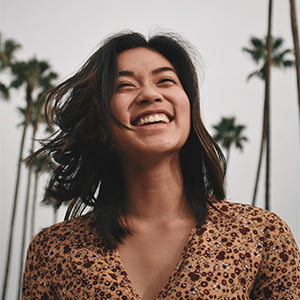
Linn Let Min, a girl born in Myanmar but raised in Singapore. She makes it her mission to embark on a new adventure every day and not to waste her youth. Her motto in life would be to "live in the moment, think later".
